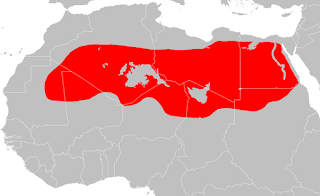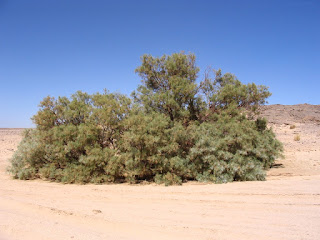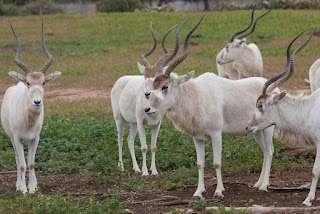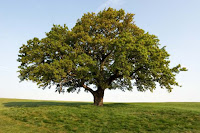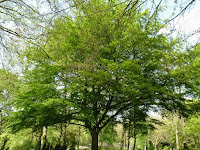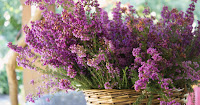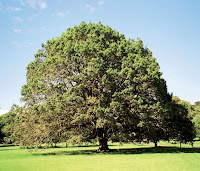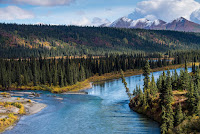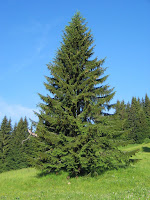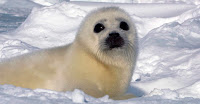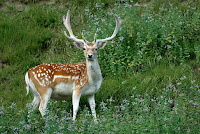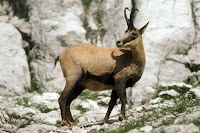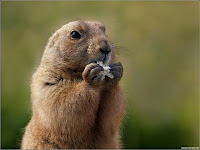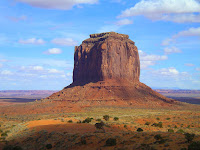- Sahara Desert
The Sahara is the world’s largest hot desert and one of the harshest environments on the planet. It is the largest desert in the world
- Description
At 3.6 million square miles (9.4 million square kilometers), the Sahara, which engulfs most of North Africa. The desert covers large sections of Algeria, Chad, Egypt, Libya, Mali, Mauritania, Morocco, Niger, Western Sahara, Sudan and Tunisia.
The Sahara is bordered by the Atlantic Ocean on the western edge, the Atlas Mountains and the Mediterranean Sea to the north, the Red Sea on the east, and the Sudan and the valley of the Niger River on the south. The Sahara is divided into western Sahara, the central Hoggar (Ahaggar) Mountains, the Tibesti Mountains, the Air Mountains, an area of desert mountains and high plateaus, Ténéré desert and the Libyan desert, which is the most arid region.
- Climate of Sahara
- Flora
Due to the dry condition, the Sahara contains almost no flora. From the Mediterranean vegetation which covered the Sahara mountains before they became a desert. Plants were adapted to the climate to reduce evaporation and increase water absorption: very small leaves, very long roots which can reach the most humid, water accumulation in the tissues and leaves covered with wax (succulent).
Doum palm
- Fauna
Animals have also created some strategies to preserve water and avoid hot weather: thick skin and underground life like the scorpions and insects, recuperation of water steam in pulmonary air by condensing it in nostrils, production of drained faeces and concentrated urine for some birds, loss of sudoriferous glands, clear colored skin to reflect the sun, search for water and food at night, accumulation of water in internal pockets, increase of internal temperature to avoid perspiration…

